Fairlady Z NISMO (RZ34) 500km Post-Delivery Review: The True Value and Surprising Sides Seen Through a Porsche Owner’s Eyes
公開日:
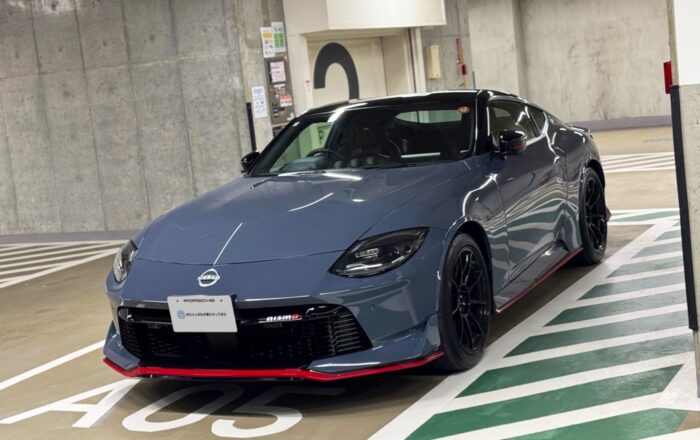
コンテンツ
This time, I’d like to share my impressions of the Nissan Fairlady Z NISMO after about two weeks and roughly 500 km of driving since delivery.
The previous review received a lot of attention and great feedback.
Back then, I wrote about my impressions on delivery day and the following few days, but since then, the car’s break-in has gone smoothly, and I myself have gotten quite used to the car.
So now, I want to share my thoughts on the Fairlady Z NISMO after these two weeks and about 500 km of driving.
Smooth and Powerful! A Refined V6 Engine
Since I’m still in the break-in period, I haven’t pushed the engine to high revs yet. I haven’t quite grasped the feel near the redline.
During break-in, I try to keep the engine spinning at a slightly higher RPM without putting much load on it. Instead of applying load in a high gear, I run the engine lightly in a low gear. I avoid sudden throttle stomps or kickdowns as much as possible, occasionally letting the engine rev a bit higher than usual.
First of all, as I mentioned in the previous article, the engine is very good. It’s truly a smoothly revving engine.
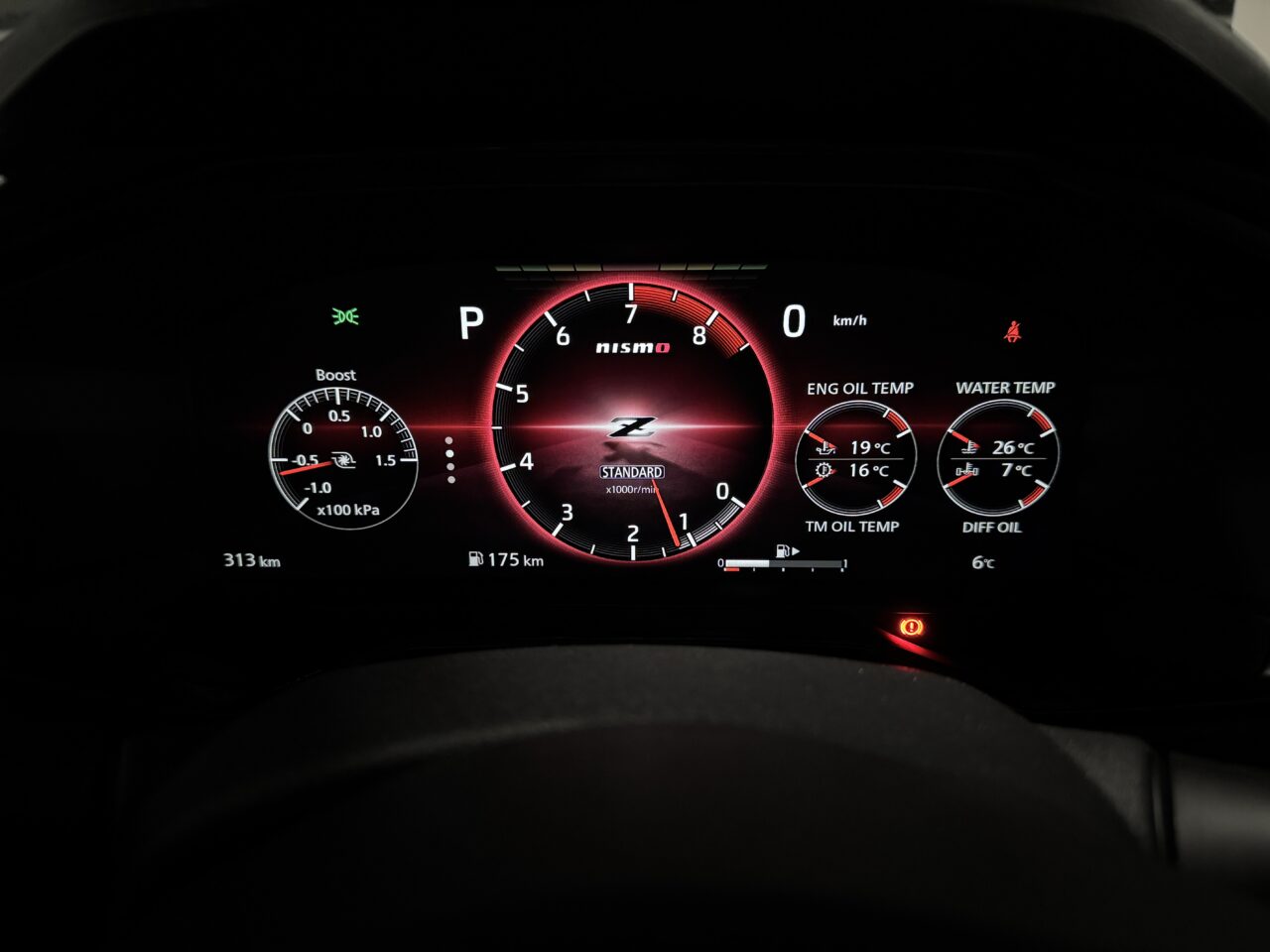
I’ve experienced various engines (domestic and imported), and among them, I really like this one.
With 420 horsepower and a 3-liter V6, I expected some turbo lag. But honestly, it’s far easier to handle than the Porsche 992 Carrera S or Carrera GTS, and the turbo lag is minimal, making it a very enjoyable drive.
If I had to compare to the 992, it’s closer to the base Carrera’s engine. I’d even say the vibration at higher revs is smoother than Porsche’s flat-six boxer engine.
Porsche engines tend to have more mechanical noise and a masculine feel when revving. But Nissan’s V6 spins cleanly and smoothly without strange micro-vibrations.
From various Fairlady Z reviews, some say “engine vibrations are easily felt,” but that seems mostly about manual transmissions. My NISMO only comes with an automatic, so I can’t speak for manuals, but at least this automatic Fairlady Z has no noticeable vibrations at all. I’ve seen YouTube videos where the manual’s shift knob visibly shakes from vibrations—a rarity in modern cars—but the automatic’s doesn’t shake anywhere. Even at idle, there’s no odd vibration.
Of course, there are slight vibrations because the engine is running; it’s not like an electric car. But they’re almost negligible. The engine spins smoothly without vibration, which is excellent. The power delivery is truly free of turbo lag. It feels like a naturally aspirated engine. That’s wonderful.
In city driving, it’s really easy to handle. Not quite like an electric or diesel car, but close in terms of torque and drivability.
It’s an addictive ease of driving.
Overwhelming Stability and Pull on the Highway
Next, about highway driving. The previous article only covered a short run on the urban expressway, but this time I drove on suburban highways.
As expected, it’s extremely stable with impressive acceleration. It pulls like a Porsche.
Not only is the acceleration quick, but even at higher speeds, it keeps pulling strongly. It’s truly exhilarating. The highway stability is at a very high level.
I previously owned a Porsche 718 Cayman T, which I think had more than enough highway stability. But this might even surpass it. It’s on par or better.
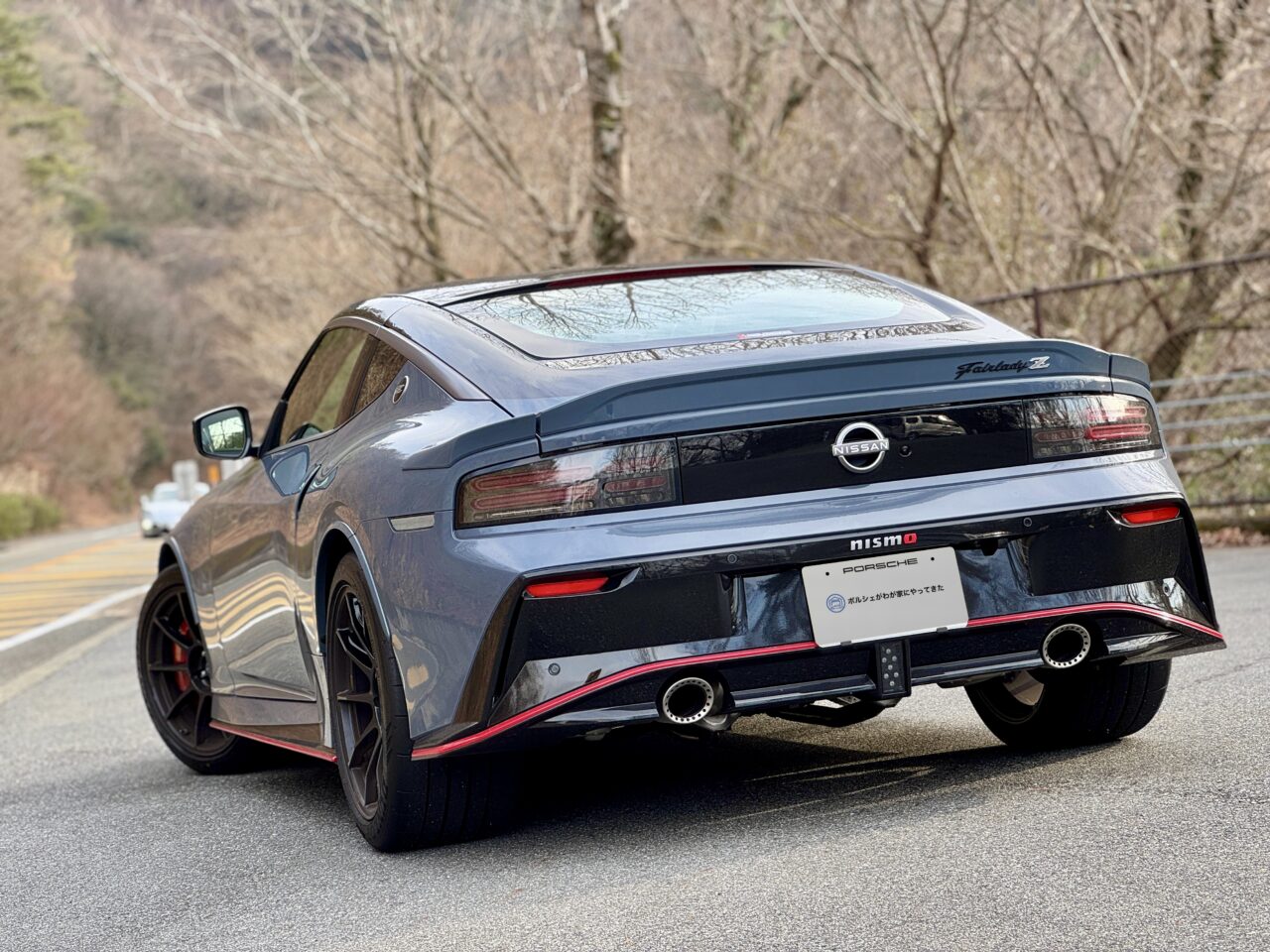
Even if it’s at a similar level, the engine sound is quieter than Porsche’s, or rather, it lacks unnecessary noise. So compared to Porsche, it feels like you’re riding in a much smoother car. In a good way, it feels like a luxury car; in a bad way, it’s not a hardcore sports car.
It’s a very good car for cruising. The NISMO version of the Fairlady Z boasts zero-lift aerodynamics that generate downforce, as the brochure states, and true to that, once you reach a certain speed, it really sticks to the road.
In the city, I had rated the suspension as stiff and bouncy, not very comfortable. But that suspension really comes alive the faster you go. However, to fully enjoy that, you’d need to be driving at speeds like leading the passing lane on Japan’s Shin-Tomei Expressway.
The highway performance is truly outstanding. In my book, it’s a car worthy of about 90 points.
“Unfinished” Charm Revealed on Winding Roads
Next, about driving on winding roads.
I drove a bit on delivery day, but it was very cold and the road surface was hard, so I couldn’t push it much. I decided to try again on a day when the temperature was around 8 to 9°C, which should help tire grip.
When I drove it, the ride discomfort still lingers somewhat. But when you enter corners at speed and put proper load on the tires, this car feels like it goes faster the more you push the suspension.
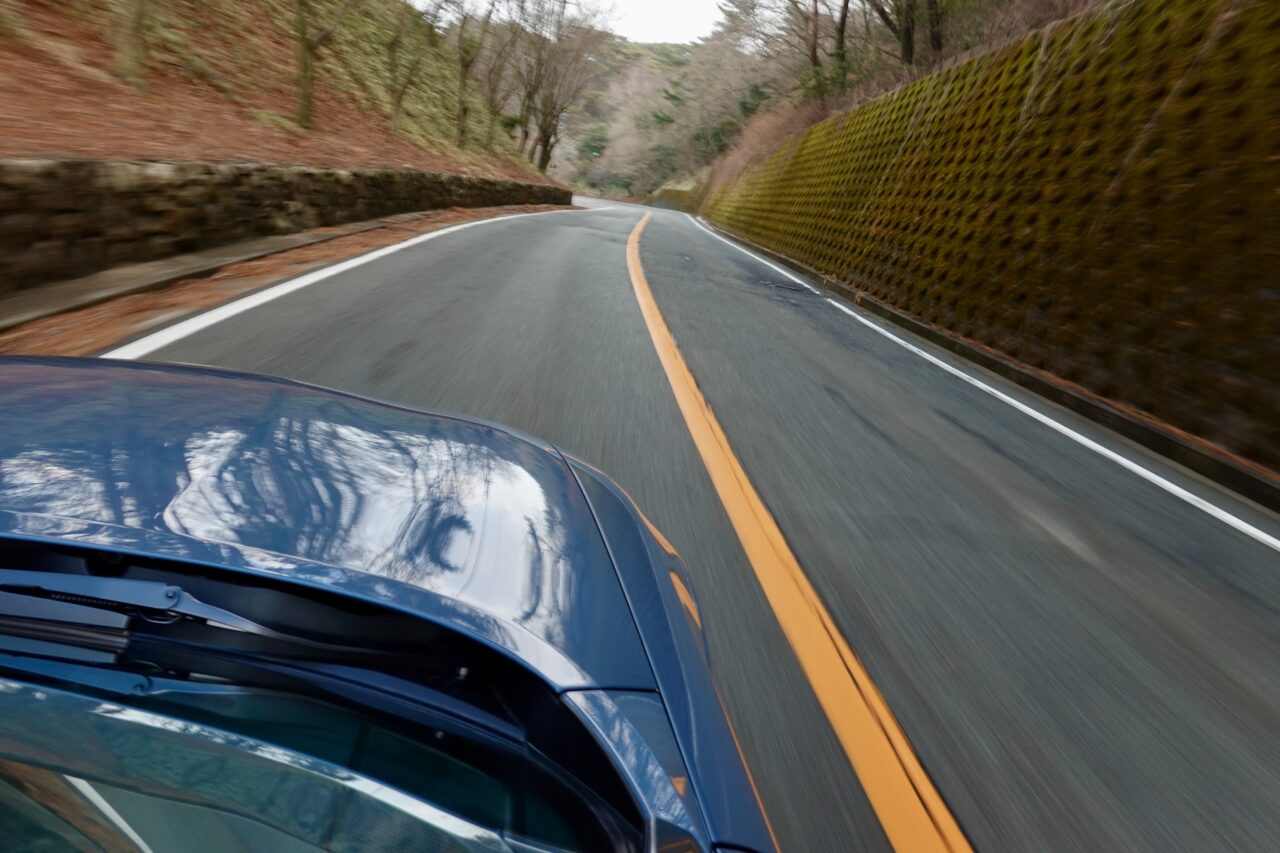
On the other hand, if you relax and drive smoothly, the damping is poor, so it bounces and feels a bit unstable. Even when you steer as expected, you need to make fine adjustments. But when you focus and attack, it sticks very well. Applying strong traction to the rear for acceleration and loading the front heavily in corners makes it run very well.
Also, the stock tires (SP SPORT MAXX GT600) are very stiff. More precisely, the sidewalls feel quite hard, and on top of that, grip in low temperatures is lacking. On dry winter roads, I’m considering avoiding driving for safety—it’s almost like Michelin’s cup-type tires. But once warmed up, the grip improves dramatically, and handling and ride quality become noticeably better.
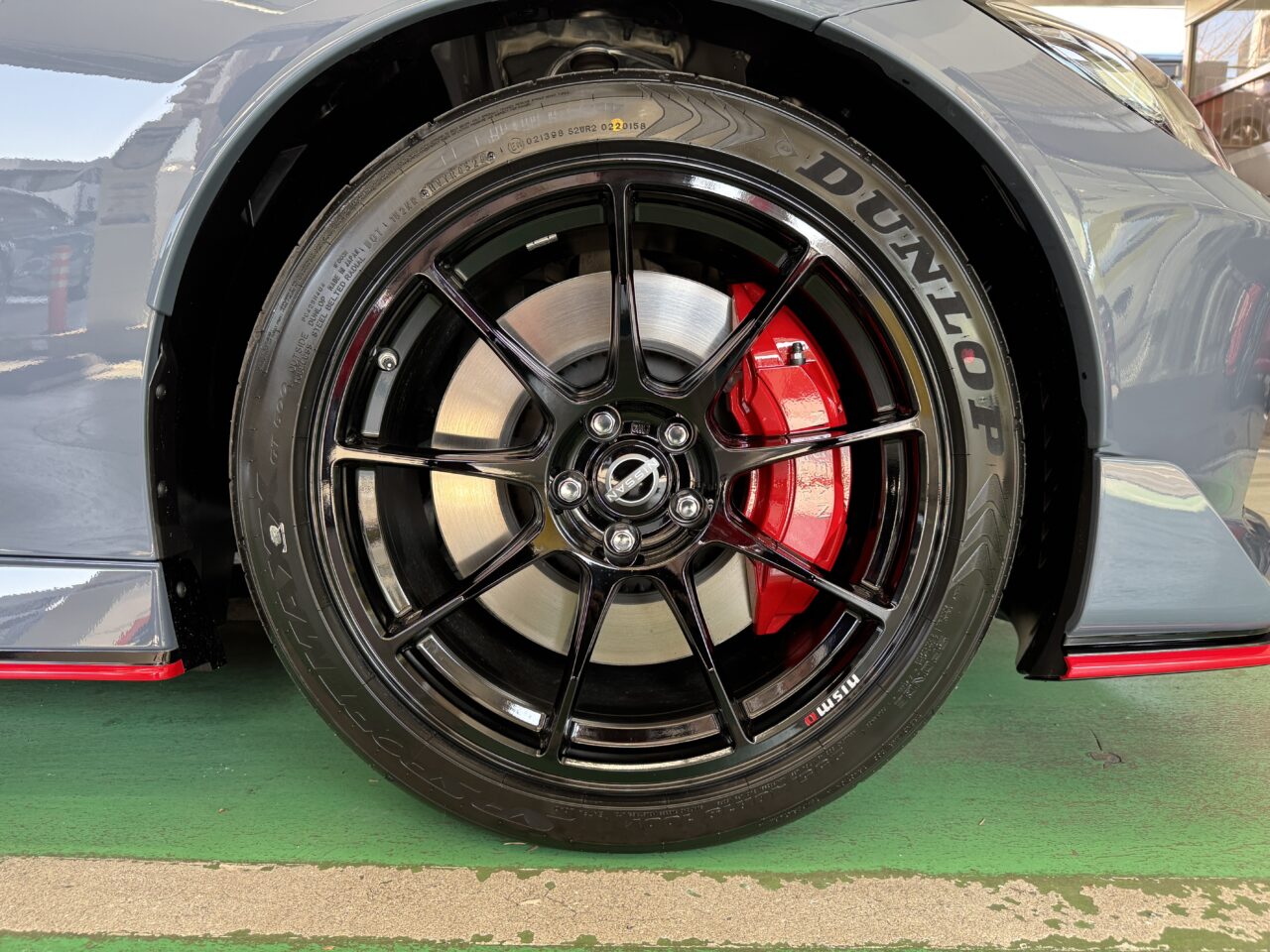
Overall, as expected from a NISMO, the car’s cornering ability is high.
It turns very well and isn’t scary. This was something I didn’t realize in the initial first impression.
However, compared to the 718 Cayman T, honestly, the Cayman feels like its tires grip the road more firmly. With the Fairlady Z, I feel the grip is slightly lacking.
It’s a very small difference, but even when cornering, you often need to make small corrections. But that’s also part of the fun. The challenge of making fine adjustments while focusing on the ideal line is part of the driving enjoyment.
Not a Model Student—and That’s a Good Thing
This car is not a model student.
It’s not a perfectly performing car like the recent 992 911s. But it’s precisely because it’s not perfect that it has interesting qualities. That’s what I’ve come to feel recently.
Cars aren’t necessarily fun or enjoyable just because they’re expensive. Nor is more power always more fun. For example, the Mazda Roadster has very little power but is fun to drive. I’ve often found that driving multi-million-yen supercars isn’t fun at all. Fun doesn’t always correlate with specs.
With that in mind, the Fairlady Z’s imperfections and lack of model-student polish create a unique enjoyment. It’s a somewhat analog car in today’s world. It’s not like recent Porsches that respond perfectly and turn exactly as you steer. It has a slightly old-school feel.
The car’s performance changes significantly depending on the driver’s skill. In that sense, it’s a deep car. A fast driver can drive it fast, while a slower driver will find it uncomfortable and slow. This feeling reminds me more of a Porsche 997 than a 992.
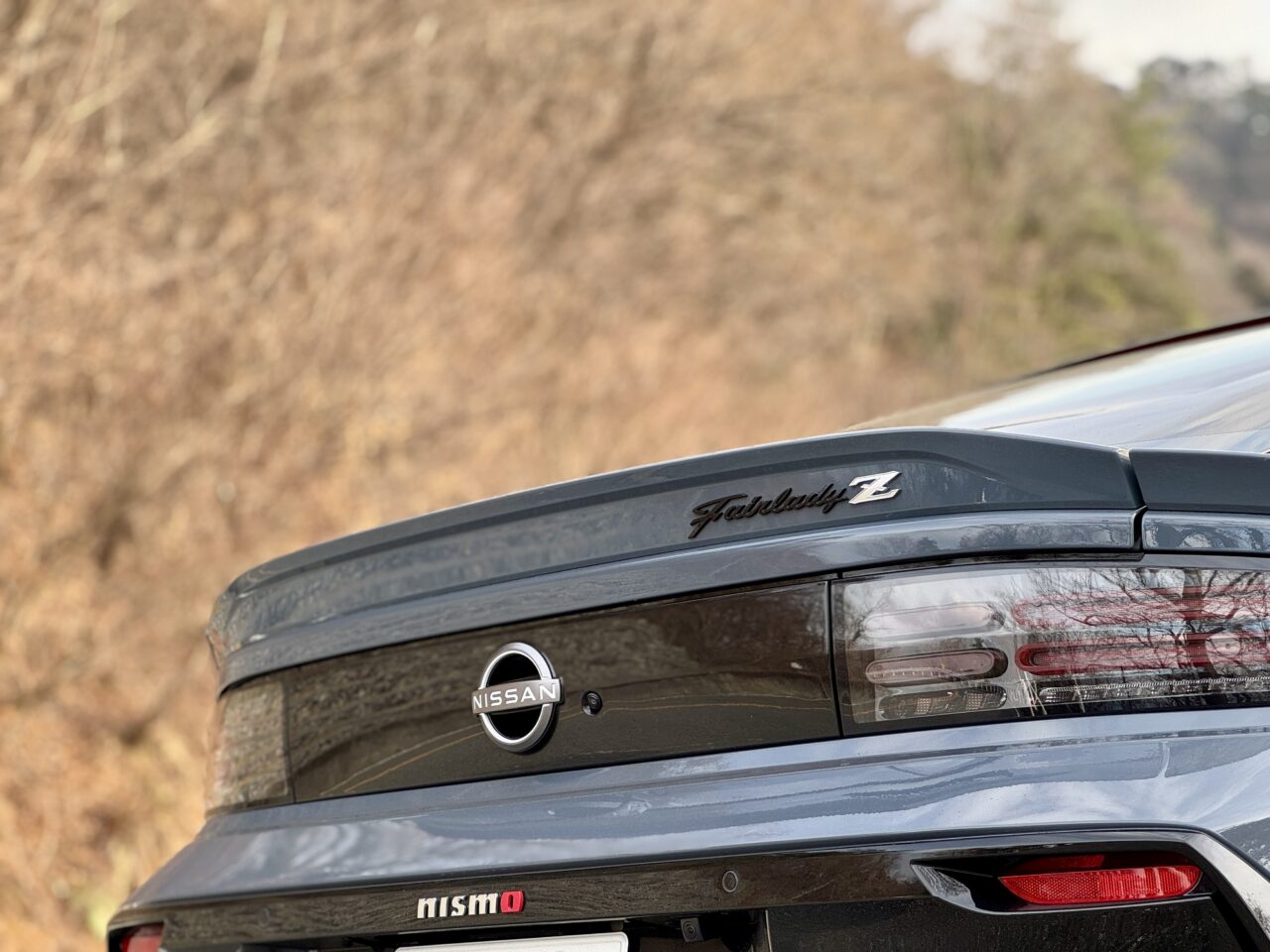
My previous article focused on the rough ride, but these two weeks and 500 km have revealed the good sides of the Fairlady Z (RZ34).
I plan to drive it in many more situations, so I’ll write a follow-up review soon.
このブログが気に入ったらフォローしてね!


Comment ( 0 )
Trackbacks are closed.
No comments yet.